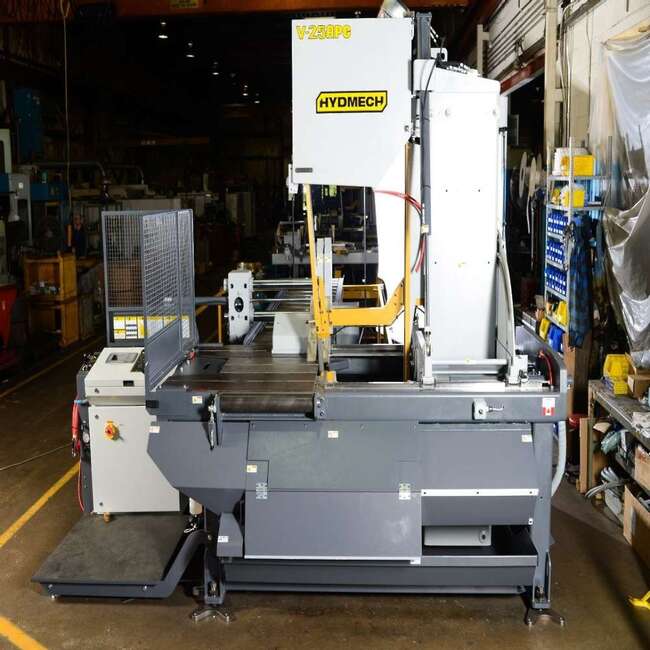How to Choose the Right Blade for Your Vertical Bandsaw?

A vertical bandsaw is an effective tool, but only if used with the right bandsaw blade. When used the right way, this bandsaw can significantly improve the productivity of a metal fabrication business. A quality saw blade can make all the difference between achieving smooth cuts and jagged edges with your bandsaw. If you are someone who is not well-versed in the technicalities of bandsaws, finding the right blade for your bandsaw can be tricky. We list in this blog crucial factors to consider for choosing the right blade for your vertical bandsaw.
Consider These Factors When Choosing Vertical Bandsaw Blade
Blade Width
When it comes to choosing the right blade for your vertical bandsaw, one important factor to consider is the blade width. The width of the blade will determine how well it can handle certain types of materials and cuts. A wider blade is generally better suited for cutting thicker materials as it provides more stability and reduces the risk of bending or breaking. However, a narrower blade may be better suited for intricate cuts or curved shapes as it allows for greater precision and maneuverability.
Tooth Pitch
Tooth per inch refers to the distance between two consecutive teeth on a saw blade. Tooth pitch affects both the speed of cutting and the finish of the cut. A lower tooth pitch indicates that there are fewer teeth per inch, resulting in faster cutting but rougher finishes. On the other hand, a higher tooth pitch means more teeth per inch, leading to slower but smoother cuts.
Blade Thickness
A thicker blade tends to last longer as it can withstand more wear and tear compared to thinner blades. It also provides stability during cuts, reducing vibrations that could affect the accuracy of your workpiece. However, thicker blades require more tension to keep them straight during use. On the other hand, thinner blades are ideal for intricate cuts requiring tight curves and angles since they provide greater flexibility than their thicker counterparts. They also require less tension allowing for easier adjustments when cutting different materials.
Blade Tension
It's important to check that your blade is properly tensioned before every use. This ensures that the blade won't slip or break while you're cutting and also helps to prolong its lifespan. To adjust the blade tension on your vertical bandsaw, you typically need to loosen or tighten the knob located near the upper wheel of the saw. It's recommended that you refer to your saw's manual for specific instructions on adjusting blade tension.
Conclusion
Choosing the right bandsaw blade for your vertical bandsaw is crucial to ensuring that you get the best out of your machine. The blade width, tooth pitch, thickness and tension are all important factors to consider when selecting a suitable blade. You should always choose a blade that is appropriate for the type of material you intend to cut as this will ensure accurate cuts and minimal damage to both the material and your machine. Having the right blade can also improve productivity by reducing cutting time and improving efficiency.




